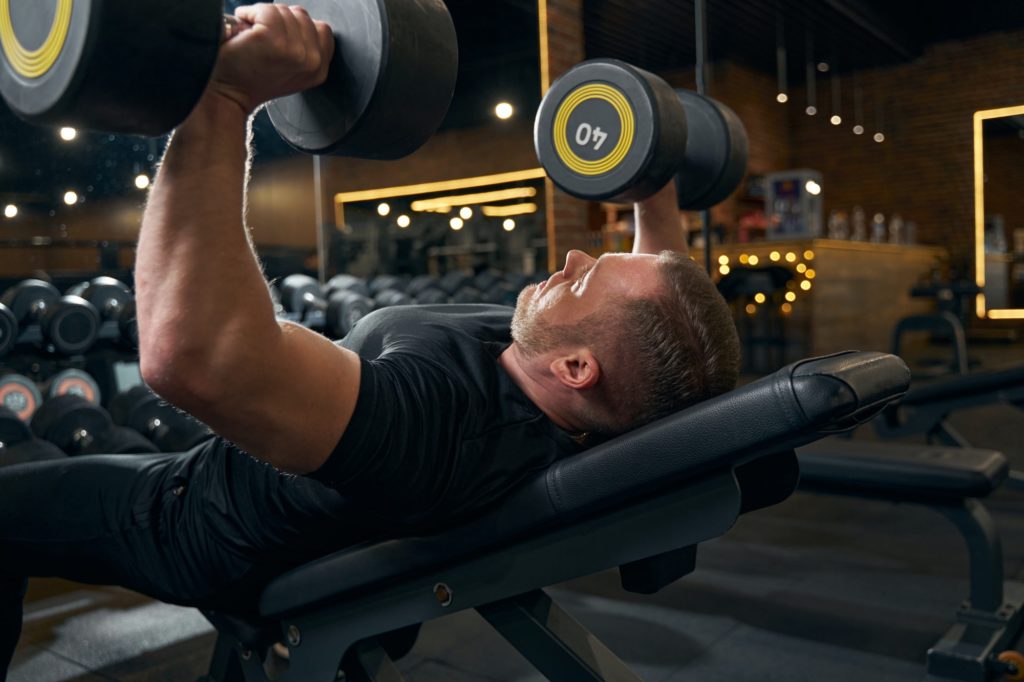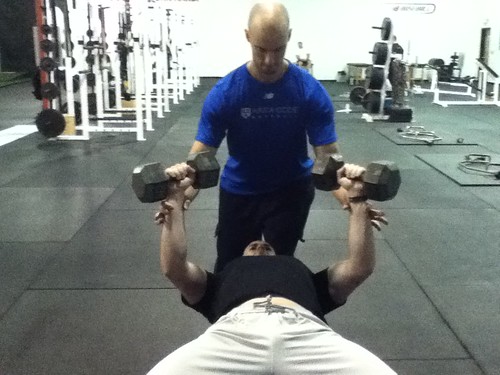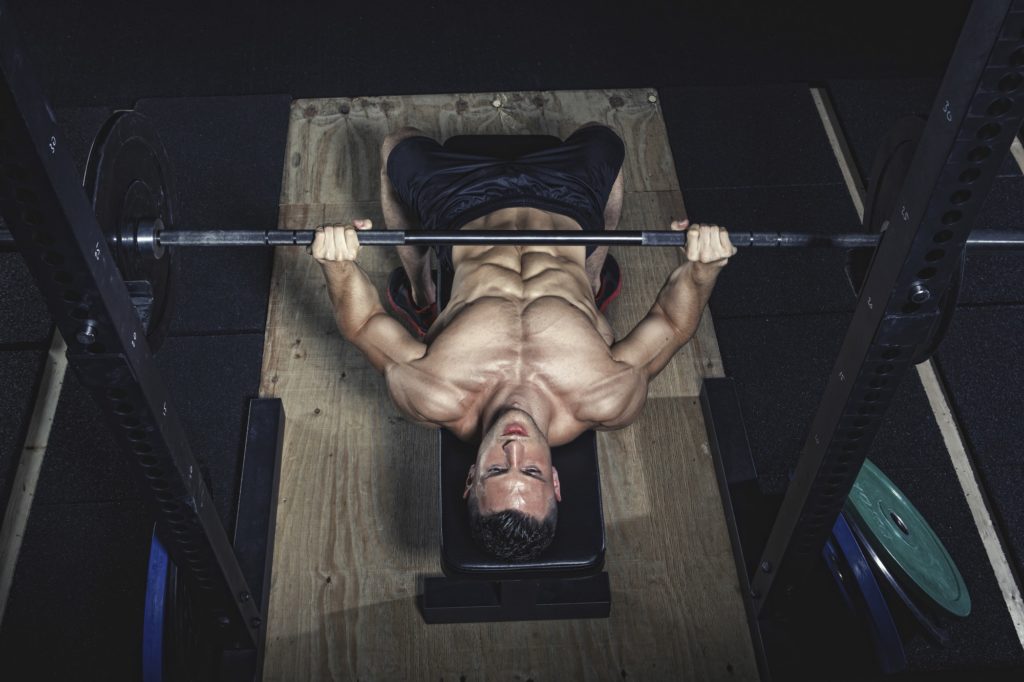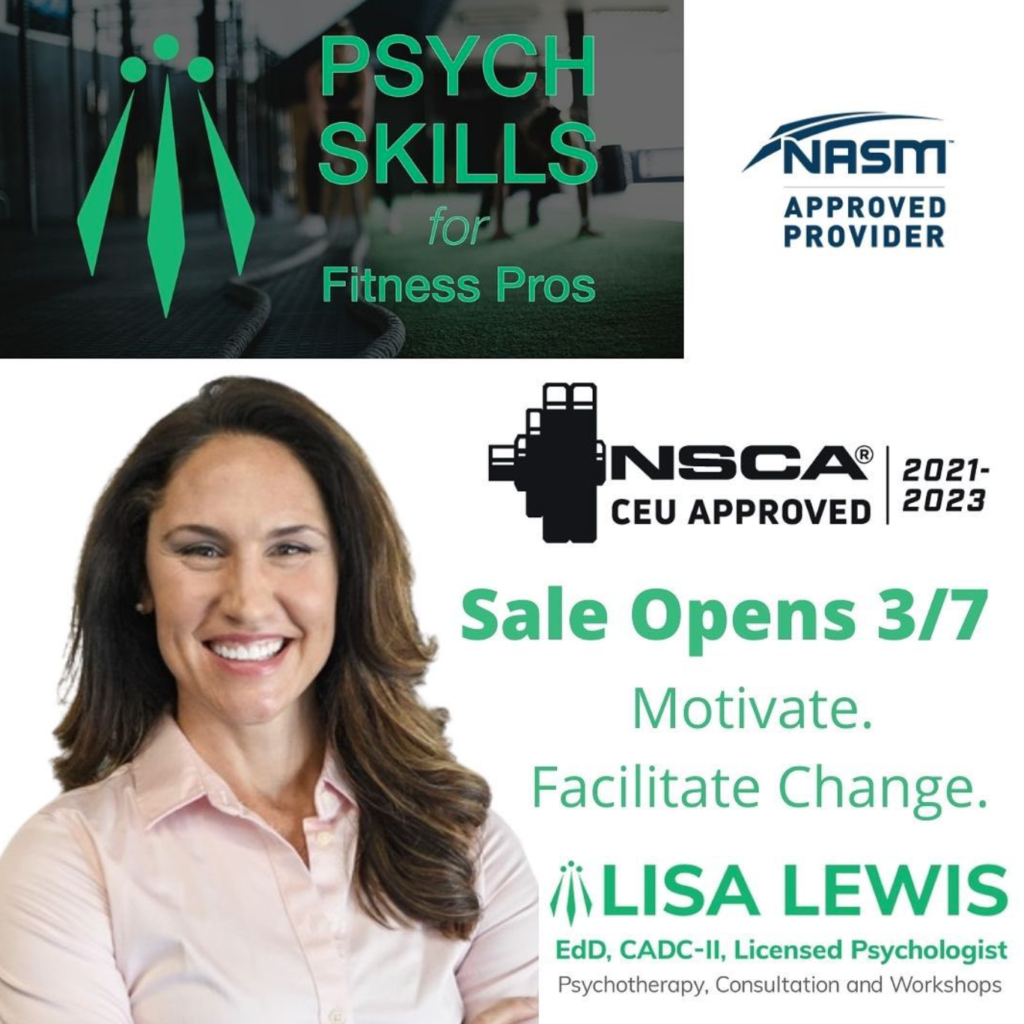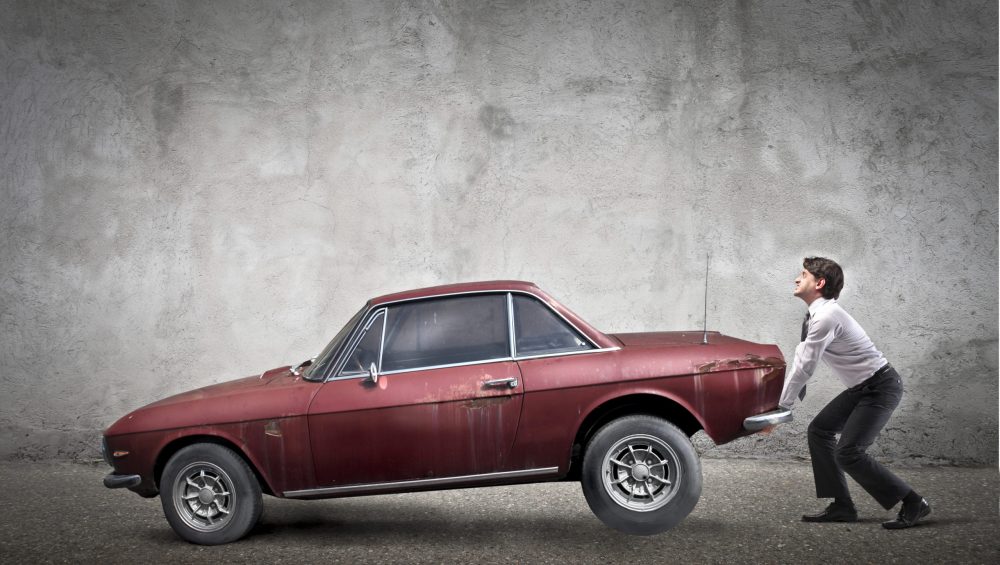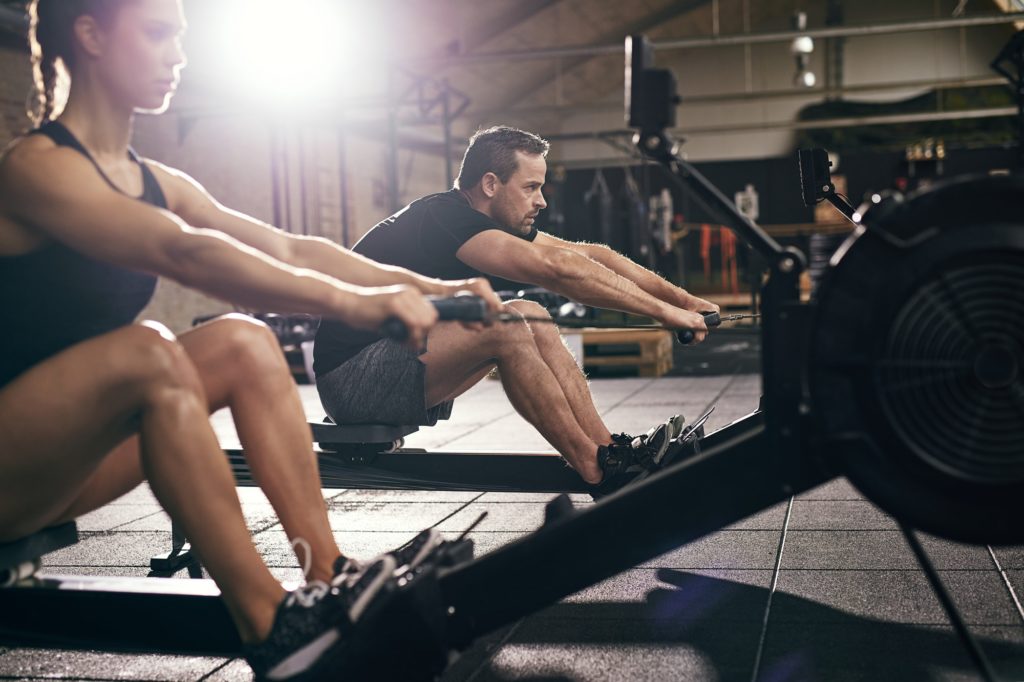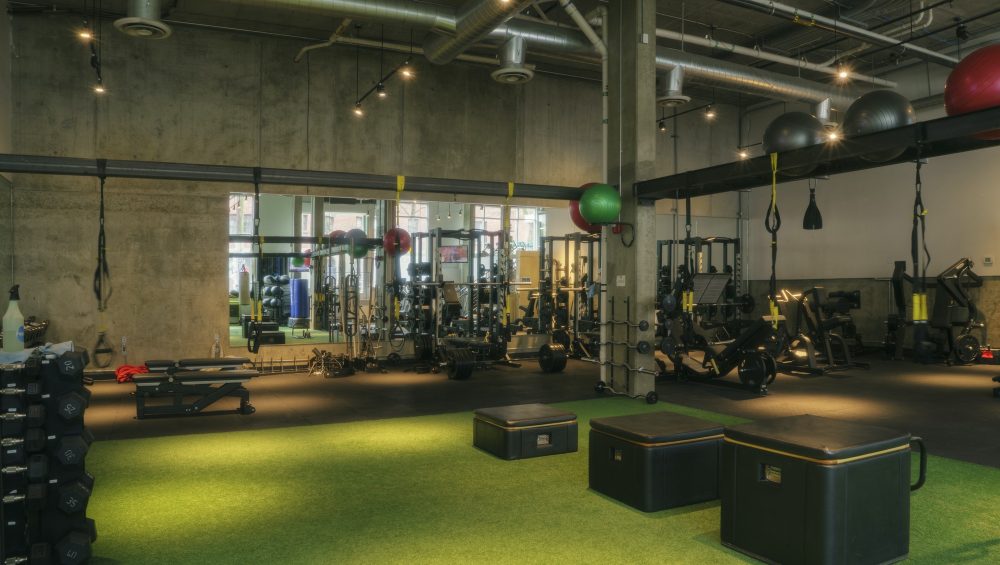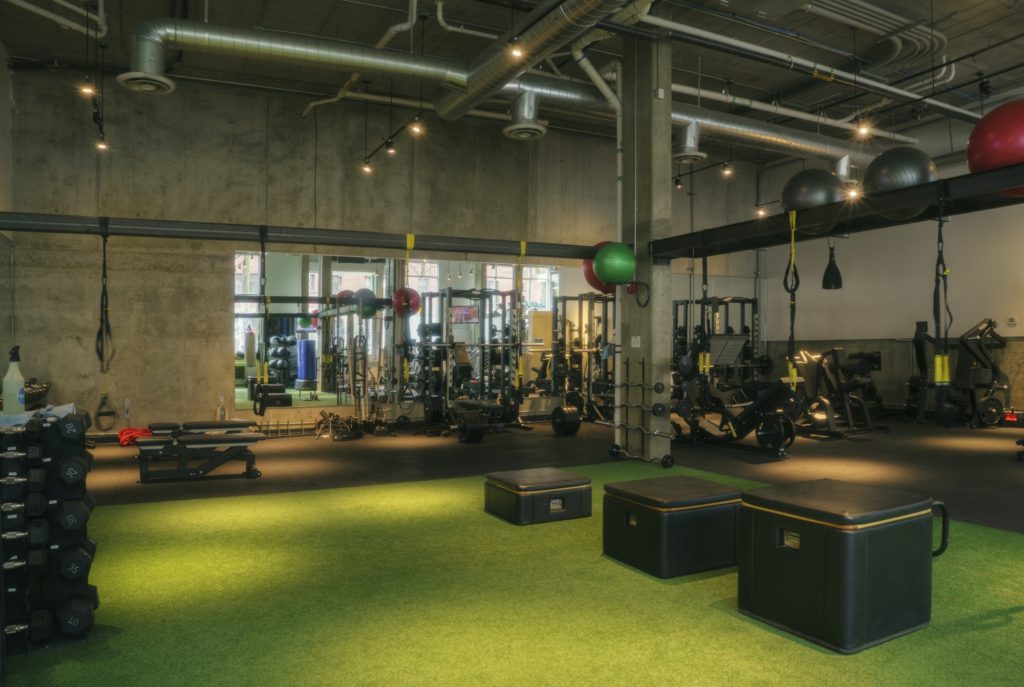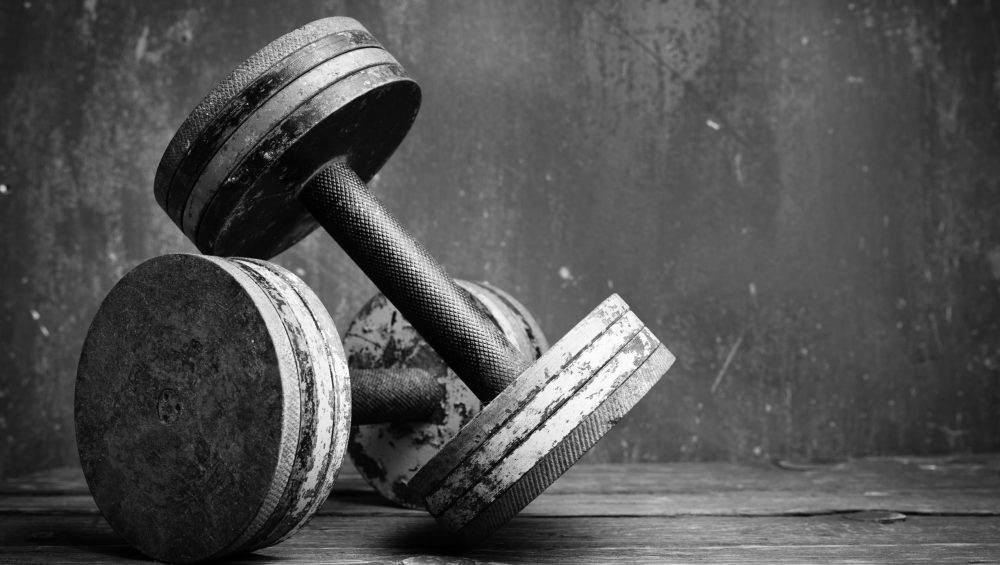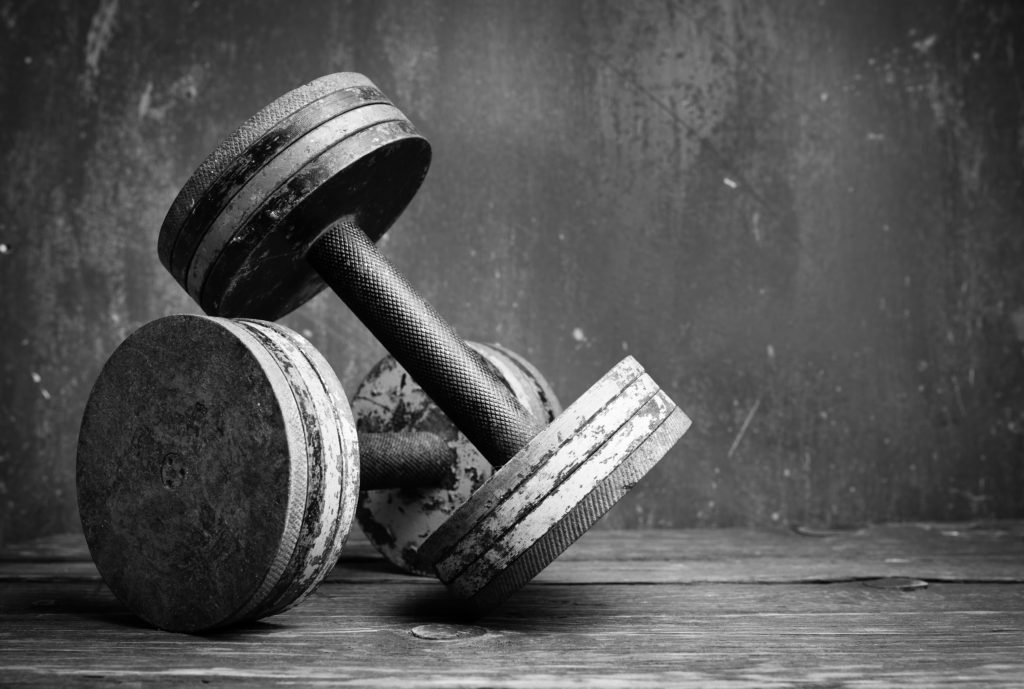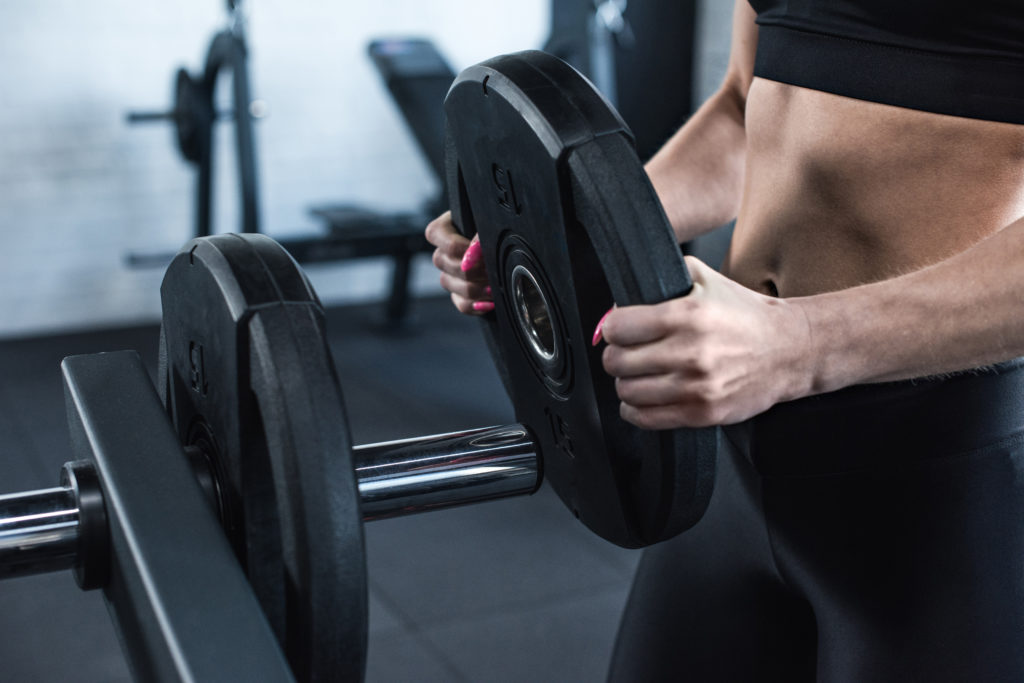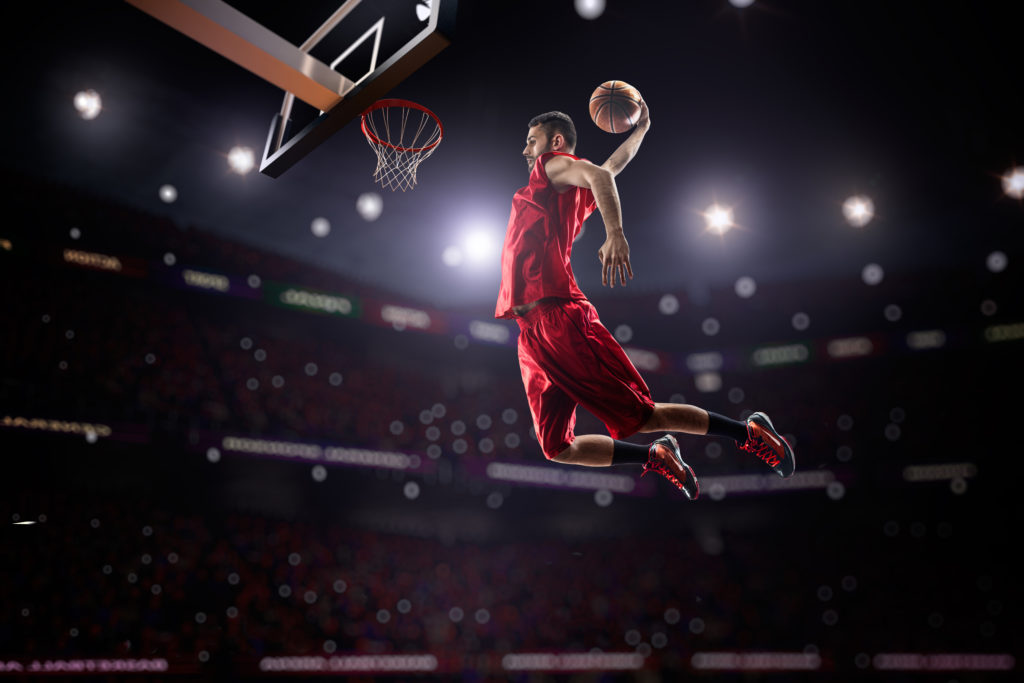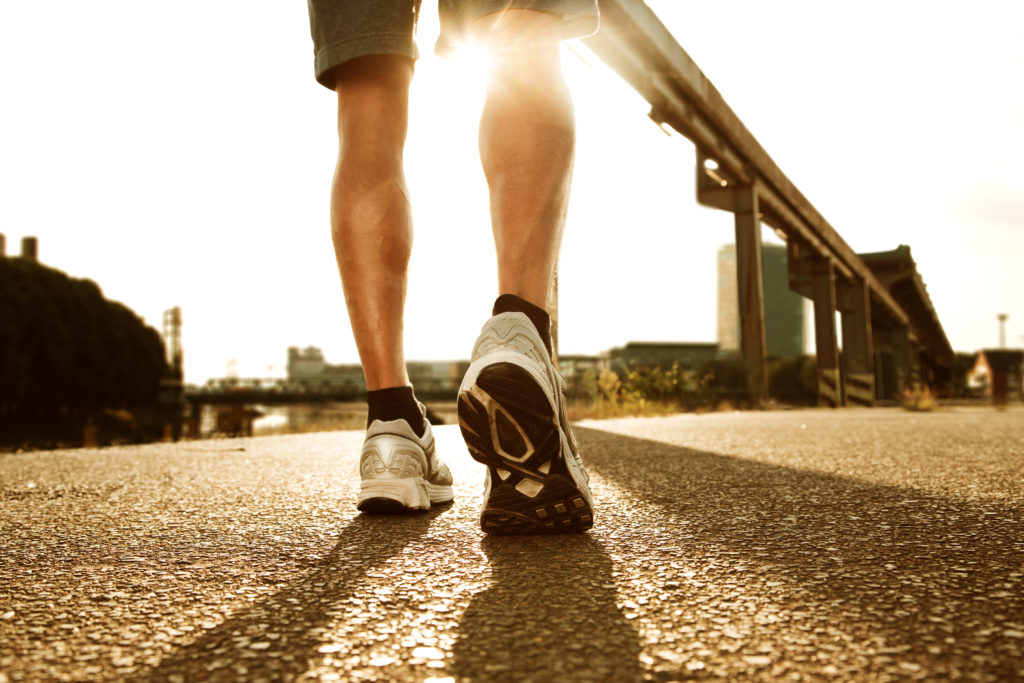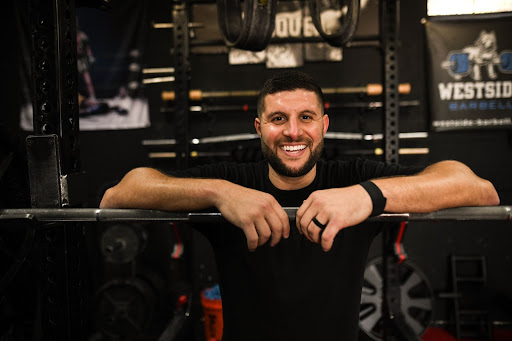I’m in Vegas baby!
Alas, my take on debauchery is to stay up past my bedtime to watch a Cirque Du Soleil show and to then trek back to my hotel room to watch House Hunters on HGTV.
I like to live life dangerously.
I’m actually here because I was invited to put on a full-day staff in-service for a local gym. I flew in Thursday morning and am heading back to Boston on Sunday. A quick trip for sure, but one that allots me plenty of introvert time.
To that end, today I have another guest post from Gavin McHale who’s been on fire lately with his contributions to the site.
I hope you’re enjoying his content, because I know I am. Especially today’s post. It really punched me in the face.

The Real Reason None of Those Business Tactics Have Worked
When I was a young buck in the fitness industry, I was full of piss and vinegar and I wanted to make sure my career was a success.
For an entire year after I graduated University, I studied blogs like this one, Dean Somerset, Kelly Starrett and others on T-Nation. I scoured the internet to find new things I could add to my training toolbox. If I wasn’t on the gym floor, I was reading a blog or textbook about being on the gym floor.
Then came the business building blogs. I read every article on the PTDC. I followed John Romaniello and Craig Ballantyne. I was eating it all up and reading everything I could.
And my business grew.

Most likely, it grew by happenstance – because I was good at what I did. It grew naturally, through word of mouth, as I’m sure your’s has.
But I didn’t have a hot clue as to why it was growing, or how to repeat the process to build a high paying, successful business.
Plus, I was starting to see the “trading time for money” model bumping up against the lifestyle I wanted to live. I was in my mid twenties – I wanted to travel.
I had a new girlfriend and I kinda wanted to see her.
I knew I wanted kids eventually…
Was the 6-1, 4-8 grind really going to be how I lived the rest of my life?
Plus, I was making a pretty average salary that I could’ve made in most 9-5’s with a university degree.
So, I turned my attention to growing the online side of my business. This would solve all my problems. I’d be able to help more people, work less and earn more money.
This was the ticket.
I slapped together a (terrible) website and started up an instagram page for my business. I assumed people would just bring me their credit cards.
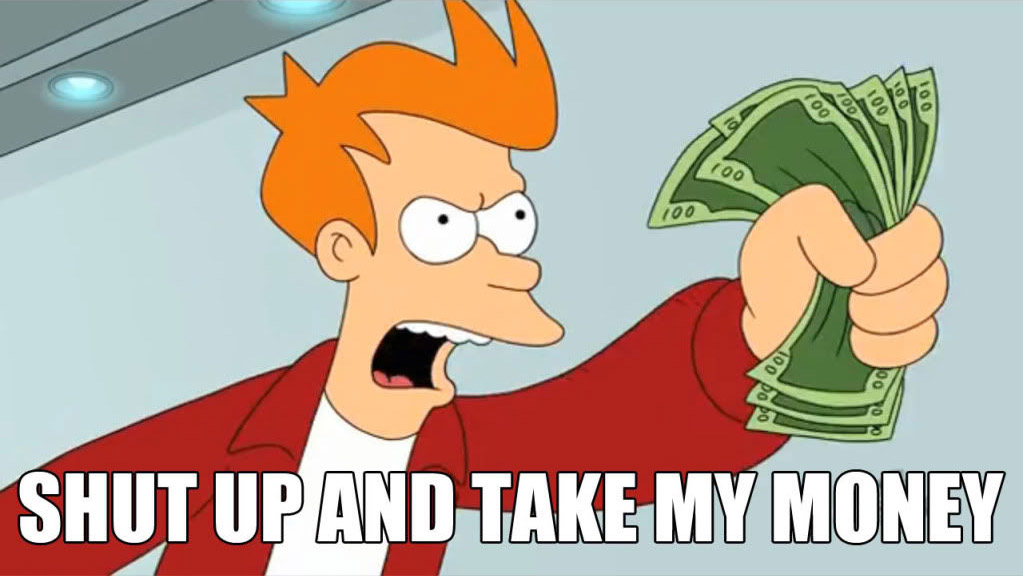
But they didn’t. It was crickets.
I toiled away for nearly a year trying to build my online business in this way, while still working crazy hours on the gym floor to pay the bills.
That’s when I signed up for business coaching.
I paid more money than I had and over the year-long program, I took away a lot of tools.
How to price my programs, how to write website copy, how to post on social media and use lead magnets and create an email list.
Keep in mind, this was 2016, before business coaching was even cool.
After a year of that and some minor success, I jumped to another business coach.
- More ideal client building.
- More social media tactics and email list hacks.
- Lots of sales training.
By this time, I had invested nearly $30,000 and probably could’ve written a textbook on ideal client building, copywriting and sales.
I knew this shit front to back.
And, truth be told, my business was doing quite well. I made pretty good money and about 30% of it was online, giving me some freedom to live my life and travel.
But seriously… what the fuck man?
$30K and tons of work and all I got was an above average 9-5 corporate salary while still working mind boggling hours and falling asleep during movies on date night?
via GIPHY
That couldn’t be right.
I was on a one-way train to burnout.
Tons of hours on the gym floor coupled with every other waking hour on my computer or phone, scratching and clawing my way to a few more dollars a month.
I had every tactic and strategy I could ever need, but I was still left searching for more. I continued to look for business blogs and other coaches who could teach me more hacks and tactics.
That’s when I was slapped in the face with reality, because I was looking for the wrong things.
I had met a coach (and actually slept on his couch) in my first business coaching experience whose business was now taking off, two years later.
While I was doing marginally better, he had gone from essentially zero income when we met (and living off his savings) to nearly $1,000,000 a year.
What the fuck was I doing wrong?
His content was about more than just business tactics. He talked about self talk and mindset and the subconscious brain – things I had never really heard about beyond “play with more confidence” in my hockey days.
It was 2018 and I had been at this online business building thing for three years now. This was the last ditch effort. This was make-or-break.
I signed up, dropped another 5-figures in hopes this would be the ticket to the business and the lifestyle I wanted.
And in the first week of the coaching experience, my entire world view was shattered when I learned about how my language affects my self-talk, which affects my belief and my habits, which then affects my success (or lack thereof).
via GIPHY
I mean, we all know this deep down, but none of us ever really face the reality that we are in control (and, therefore, at fault) for everything that happens in our life, good and bad.
I certainly never took responsibility for the place I was at and the results I had up until that point.
As I dug in further to the new program, he talked about my subconscious brain and the limiting beliefs I held that were like an emergency brake on my success.
I was trying to drive a Ferrari with the emergency brake on.
I didn’t like it, and when he personally challenged me on a coaching call midway through the course, I checked out.
All that money was circling the drain because I couldn’t face the fact that my own brain and my own beliefs were the reason nothing was working for me.

Anytime I had ever failed, I blamed others. My hockey coaches never gave me a chance. My former business coaches didn’t give me the right tactics for my business.
And now… I was left with nothing but the face in the mirror.
Luckily, this particular course is available for life. So even though I copped out and my coaching calls had run out, I could still come back to it.
After about 6 months, I came back.
I realized that the only way forward, the only way to get what I wanted, was through some really tough stuff.
I could either turn away and continue with a mediocre business (which is totally fine, by the way) or I could drop my shoulder and lean in.
I had to face my fears and literally change my brain if I wanted to have success.
And this is where, after now coaching nearly 100 fitness professionals in building their businesses since 2019, I see most of you struggling.
- Information, strategy and tactics are important.
- You need to know how to write words that help people take action.
- You need to know how to communicate your value in conversations and content.
- You need to have an excellent client journey and provide an amazing service.
But, without belief and a mindset that is helping you move in the right direction, none of that matters. None of it will get you what you truly want, whether that’s a fat bank account or a fulfilling life, or both.
You’ll be revving the engine and spinning your tires in the driveway.
This is why the majority of business coaching programs get people some results, but not enough to warrant the gnarly price tag.
They give you all the tactics and strategies you could ever dream of.
But it’s all built on an expectation that you already have the belief and confidence in yourself that many don’t. And when things inevitably get tough or don’t go as planned, they can’t offer anything more than “try harder” and “do it more.”
I’m not here for that.
So, allow me to leave you with one actionable item you can take from here before you go.

Your language plays a massive role in your outcomes. Your self-talk guides your thoughts. Your thoughts turn into your beliefs over time.
So if you want to shed old, self-sabotaging patterns and build belief, you must go to the source – your language.
There are three things we catch our clients saying inside the Maverick Coaching Academy, and they are not allowed.
Try
What’s that Yoda saying? “Do or do not, there is no try.” Case closed.
I Can’t
By saying you can’t, you are immediately shirking responsibility for that thing. You can, you’re just choosing not to. If it mattered enough to you, you would.
I Should
Whenever you say you should do something, it tells your subconscious brain that you’re doing it against your own will. It says, “I don’t want to, but some outside source is making me so I guess I should.”
Hmmm, doesn’t sound too powerful to me.
So, for the next week, I challenge you to watch your language. Notice when and how often you’re saying try, can’t and should.
Then, without judgment, simply think about how you could phrase that differently and note how much different it feels when you do.
This lesson is literally the first lesson inside our paid course. It is the tip of the iceberg when it comes to what we teach inside Maverick Coaching Academy. If you’d like to learn more, follow me on Instagram and send me a message saying you read this.
I’d love to hear your story and how the language challenge goes for you, so don’t be a stranger.
Thank you for reading, I hope I’ve left you with something valuable.
About the Author
As a Kinesiology graduate, Gavin McHale quickly realized that following the traditional business model would lead to trading more time for more money.
Over the course of 8 years, Gavin built a 6-figure hybrid training business before founding the Maverick Coaching Academy in 2019.
Since then, Gavin has left the gym and gone all in helping other strength coaches build their businesses. He has made it his mission to fix the broken fitness industry and connect other amazing humans to the highest version of themselves.
IG – @gavinmchale1
The Coach’s Playground Podcast
MaverickCoachingAcademy.ca


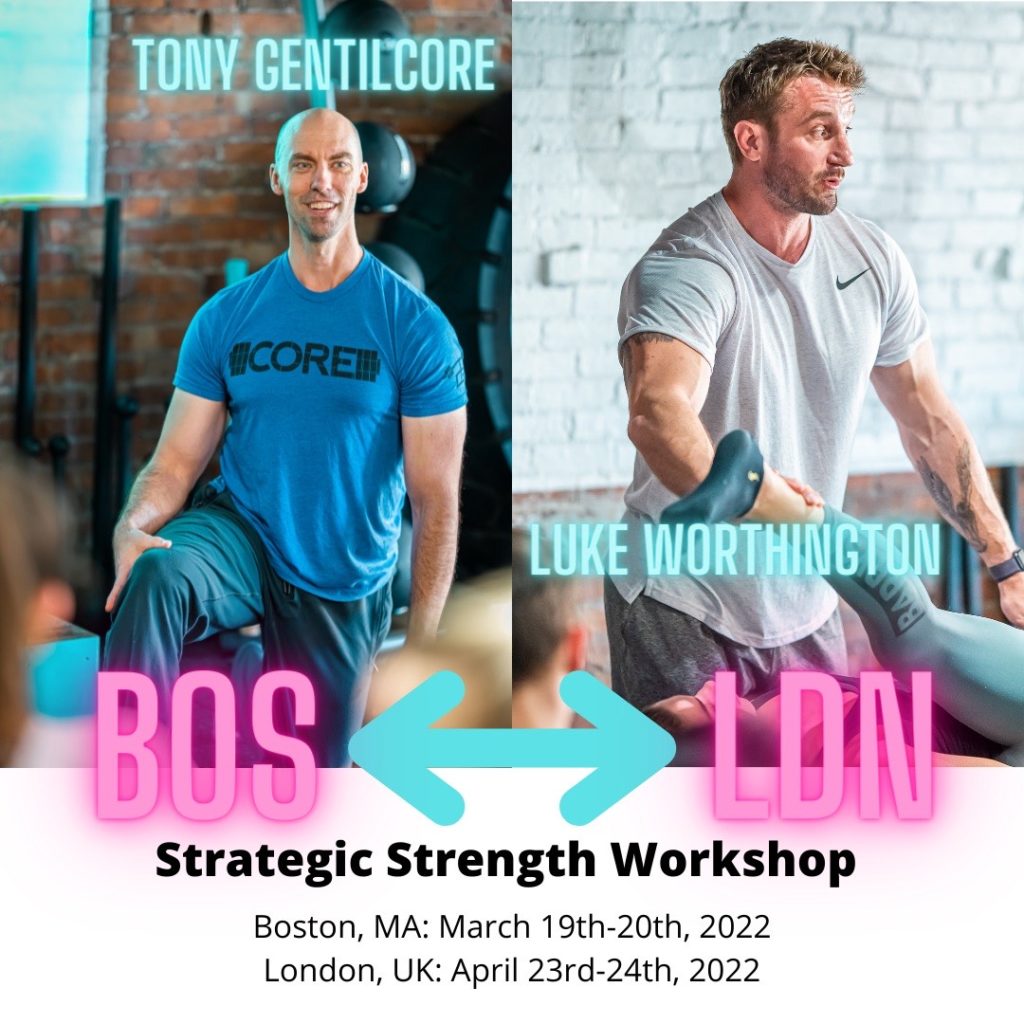

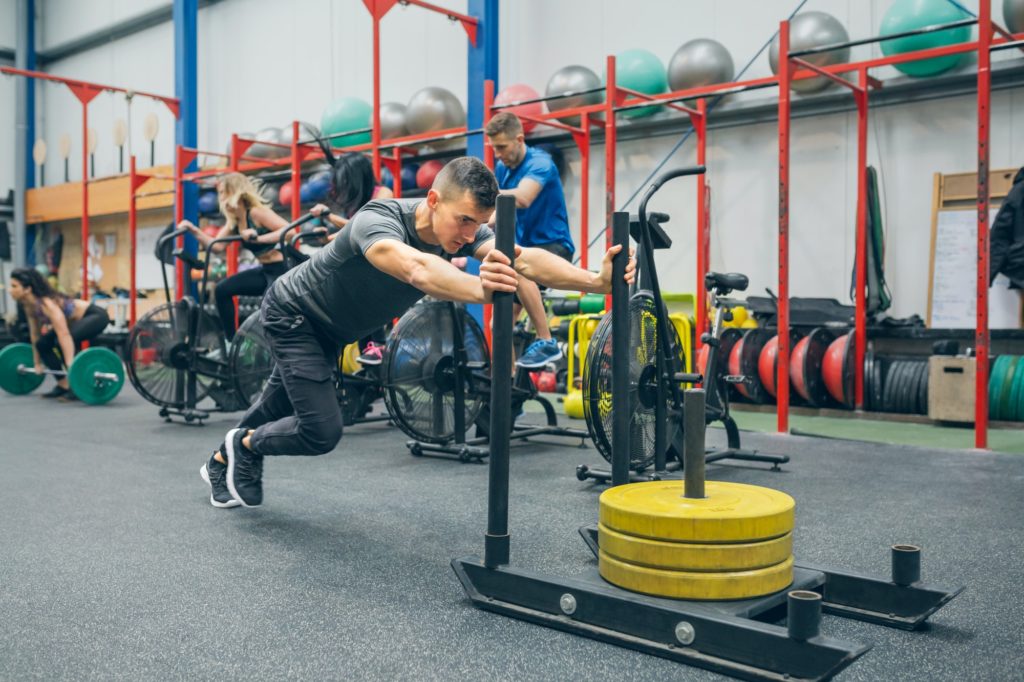
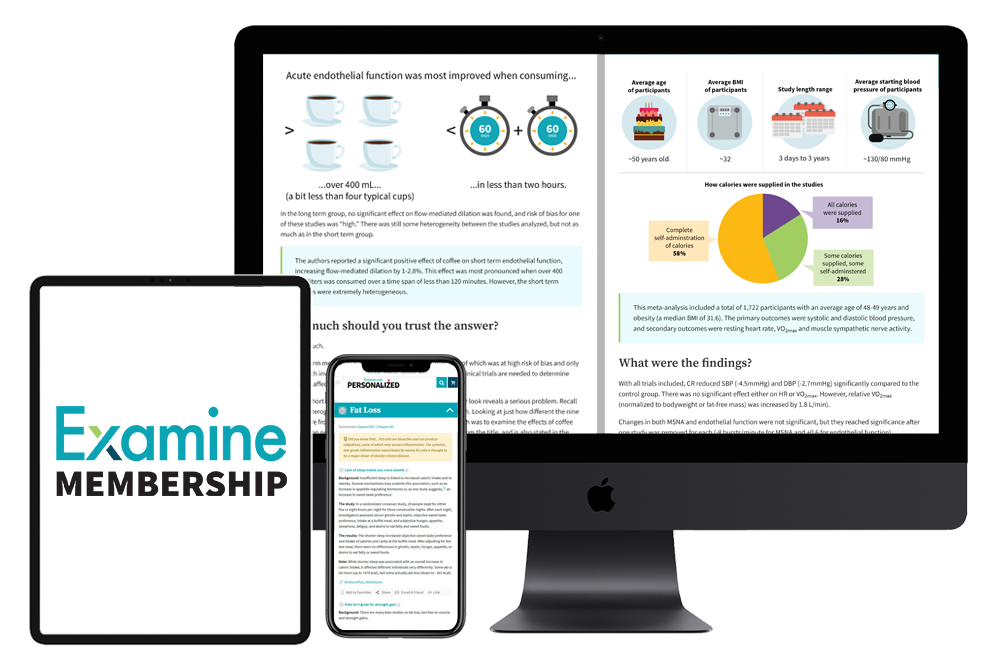
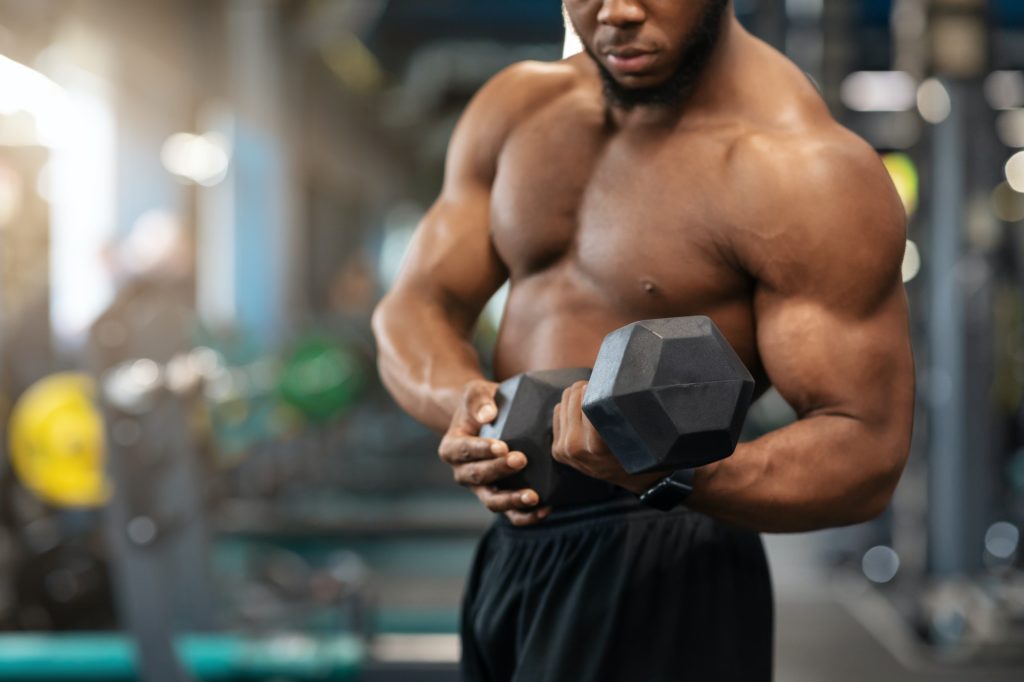




 Paul Levitin spent a decade as a personal trainer & strength and conditioning coach, becoming the number one trainer in his entire company, while collecting over 30 certificates (CES, CSCS, PRI, PN1, FRC, & many more).
Paul Levitin spent a decade as a personal trainer & strength and conditioning coach, becoming the number one trainer in his entire company, while collecting over 30 certificates (CES, CSCS, PRI, PN1, FRC, & many more).


